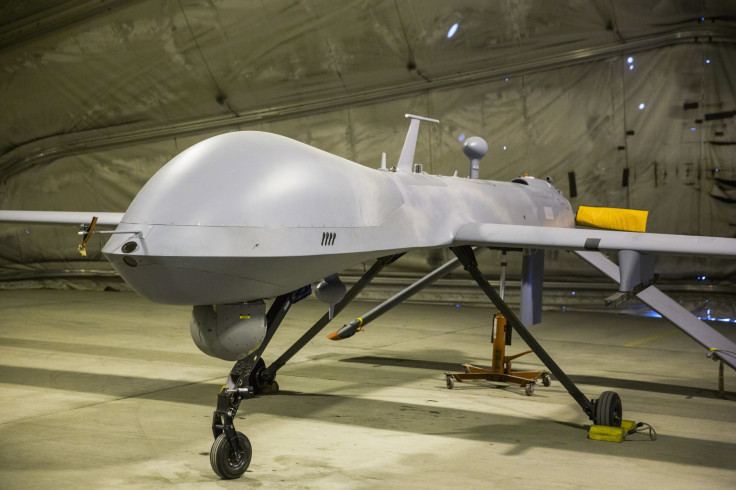Drone Pilot Burnout Has US Air Force Scrambling To Fulfill Mission Needs

A pilot shortage is forcing the U.S. Air Force to reduce the number of drone flights it conducts across the Middle East every day, according to a new report. Many of the 1,200 drone pilots are electing to leave the program when their enlistment period ends, and the Air Force training program isn't attracting enough new recruits.
Col. James Cluff, commander of the Air Force's 432nd Wing, told the New York Times Wednesday the Air Force currently flies 65 drone missions each day from its remote base in the Nevada desert. That number is expected to drop to 60 flights each day within the next few months, with many potential candidates turned off by the experiences drone war veterans have lived through.
“Having our folks make that mental shift every day, driving into the gate and thinking, 'All right, I've got my war face on, and I'm going to the fight,' and then driving out of the gate and stopping at Wal-Mart to pick up a carton of milk or going to the soccer game on the way home – and the fact that you can't talk about most of what you do at home – all those stressors together are what is putting pressure on the family, putting pressure on the airman,” Col. Cluff told the Times.
The Air Force has been “relentlessly pushing operators” to provide video and launch missile strikes in Iraq, Afghanistan, Pakistan, Somalia, Libya and Syria. The military increased the pay incentive for pilots who decide to remain in the chair in January, though media reports have consistently described depleting morale. One senior Air Force official told the Daily Beast in January the drone force is “at the breaking point, and it has been for a long time. What's different now is that the Band-Aid fixes are no longer working.”
© Copyright IBTimes 2024. All rights reserved.











